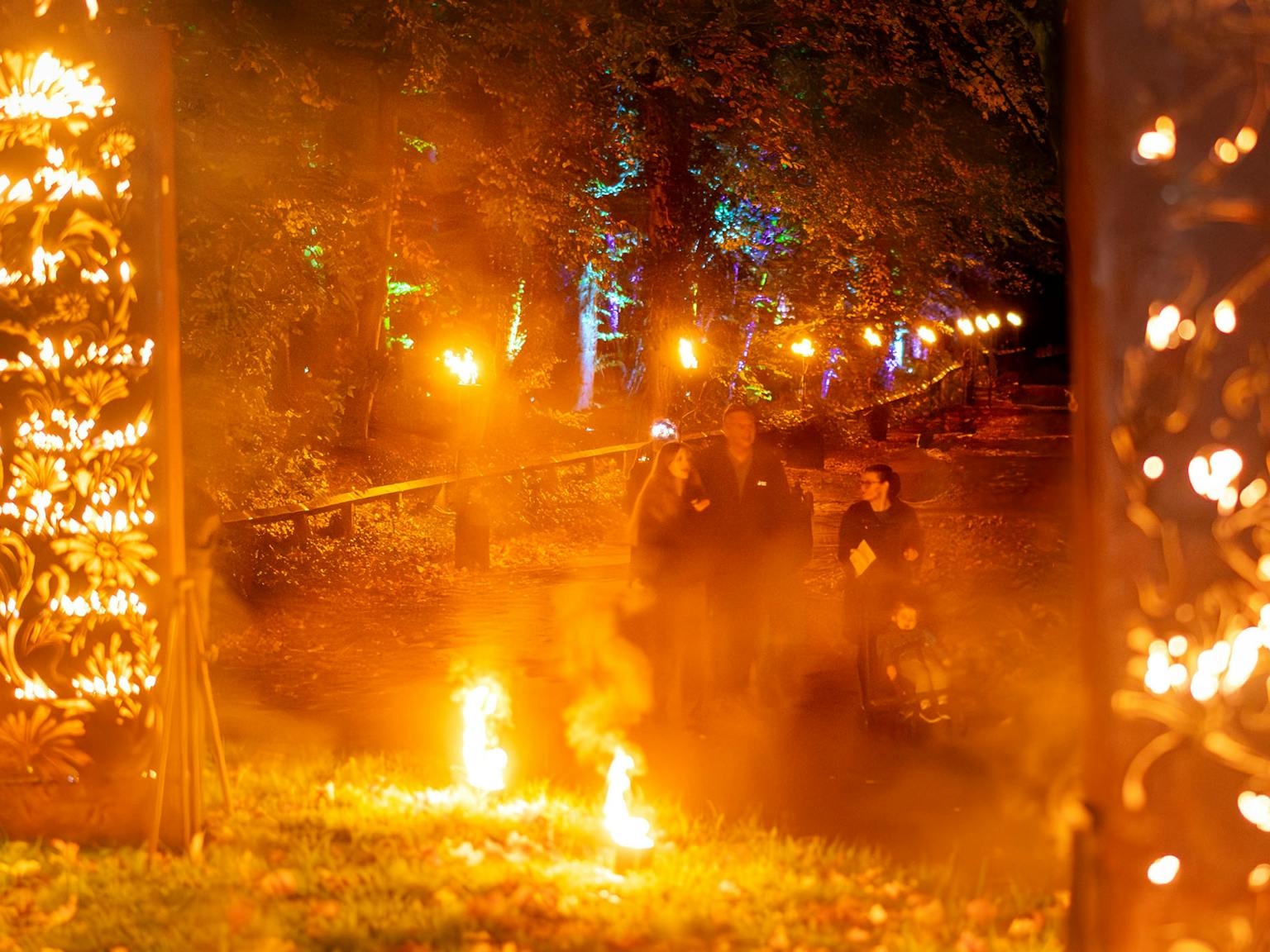We are constantly working to (fairly) tight deadlines. Pre-pitch, have we taken the time and resources to have conversations with makers, technicians, and fabricators? Is the wealth of knowledge that these individuals have factored into the greenest means of working, fabricating, sourcing etc?
We had a big cleanout of the workshop and it highlighted the vast amounts of material we had hidden away. Ensuring our inventory is up to date and in good order takes time and labour that we do not always have. Ordering new is almost always quicker than sourcing pre-loved. How can we utilise what we already have, a little better?
- Sourcing Locally when Working Internationally
This was a massive learning curve off the back of working in Bodø. Project Producers and the Production Team had every intention of supporting local labour and materials, but the reality was that both were cheaper and more readily available in the UK. How do we find a better balance between our carbon footprint and financial viability?
Space is limited. We have large, beautiful spaces but they are also crammed full! How do we decide when a make has reached the end of its life, what is useful for the future, how we might repurpose it? We are creatives, everything is a possibility – but passing things on at the end of a gig can be heart-wrenching. Are we able to decide on a makes next life at point of conceptualisation and creation?
Is a dying trade, and as it dies, buying new also becomes cheaper! Do we have the expertise to repair on our team? How do we value this skill, can we encourage it?
Are documents with green clauses that remind the client of what we stand for, but also highlight our climate concerns and current way of managing our impact on the environment. They can be a powerful policy tool and in the current climate, some asks are almost normalised – for example, no bottled water. Others can be aspirational, something that reminds the client of our collective impact but also how we might manage it better together, for example, a joint responsibility for promoting sustainable travel options for audiences.
Julie’s Bicycle has a template that is freely available for adaptation, they also ask that organisations share their green riders with them for research and development of the sector. Walk the Plank’s production team has begun to build a Green Rider and hopes to bring it into action this year.
Does Walk the Plank have the capacity to lead on being Greater Manchester’s resource-sharing network? By this I mean a library of material – we have so much in our stores; by offering to others, we begin a cycle of reciprocity (hopefully!) Where we lend lights out and others offer a bit of leftover ply and others share their sewing machines. So that when makers across the region are looking for something, they know they can come to us – and even if we don’t have it, we might have a network of artists and companies who might be able to share. Again, it would take time and investment, but would be a wonderful thing to do. In the meantime take a look at Circular Arts Network's fantastic platform that has expanded to a West Yorkshire-specific site.
Does each gig make a commitment to a particular sustainability thing? The “just-one-thing” principle... It could be anything – e.g., there will be absolutely no polystyrene involved in the fabrication for this project… it could be bigger – we commit to a percentage of the project budget being invested in climate literacy for all volunteers in the parade.
The International Touring and Environmental Responsibility programme was a great learning journey. I have come out the other end with more questions than answers. Sustainability and climate justice are not easy topics to wrestle with, but the more we talk, the more we contemplate, the more we throw ideas out there and dare to fail, then the more hope there is for a better future.
Talking of hope…




